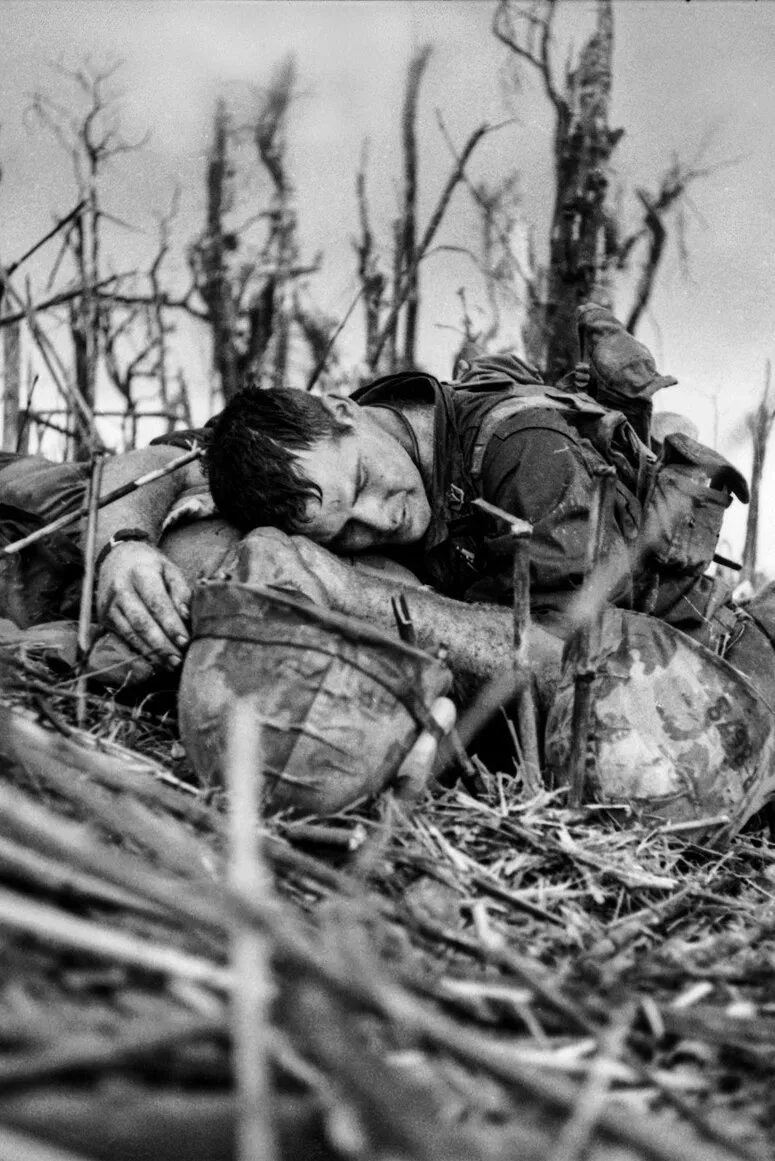Introduction
The Vietnam War, a tumultuous conflict that stretched from 1955 to 1975, wasn’t just a significant event in U.S. history; it was also pivotal in the realm of journalism and visual documentation. For the first time, Americans witnessed the horrors and realities of war through the raw, unfiltered lens of photography. The impact of these photographs has been profound, reshaping public perception and igniting social movements across the nation.
Photography as a Tool for Change
Throughout the Vietnam War, graphic images of warfare made their way back to the United States, thanks to the burgeoning field of photojournalism. Photographers like Nick Ut, whose famous image of a young girl fleeing a Napalm attack won the Pulitzer Prize in 1973, captured the devastating effects of the conflict. Such poignant photographs brought the brutality of war into living rooms across America, transforming the perception of the Vietnam War from a necessary military engagement to a moral crisis.
The Role of Iconic Images
Some of the most iconic images from the Vietnam War not only captured the conflict’s brutality but also became symbols of resistance and anti-war sentiment. Images such as the photograph of a South Vietnamese general executing a Viet Cong prisoner by Eddie Adams, and the image of a young protester confronting a line of National Guardsmen at Kent State, illustrated the growing chasm between the American public and the government’s portrayal of success in Vietnam.
The Power of Propaganda
While pro-war sentiments dominated the early years of the conflict, the tide began to shift as combat footage and photographs started circulating. The government used specific images as propaganda, trying to present a sanitized narrative. However, as the war dragged on and images of American soldiers’ suffering and civilian casualties emerged, public opinion soured. Photographs became critical in swaying perspectives and fueling protests.
The Lasting Legacy of Vietnam War Photography
Today, the legacy of Vietnam War photography lives on. The genre not only influenced how wars are documented but also set a precedent for ethical photojournalism. In a world where social media now reigns, the images captured during the Vietnam War serve as a reminder of the power of the lens and its ability to tell raw human stories.
A New Era of Reporting
Post-Vietnam, the media began questioning government narratives more rigorously. Photographers and journalists created a framework for reporting that emphasized transparency and accountability. This change is what drove significant shifts in how journalism operated, with a focus on showing the unvarnished truth.
Vietnam’s Transformation in Pictures: Then vs. Now
In reflection of the impact of the Vietnam War, it’s essential to examine the social and economic changes that have characterized Vietnam over the last fifty years. Early photographs showcased war-torn landscapes, poverty, and destruction. In stark contrast, recent images depict a thriving, modern nation.
A War-Torn Nation
Photographs from the 1960s and 1970s showed Vietnam as a country in chaos. Cities like Ho Chi Minh City (formerly Saigon) faced extensive destruction. Pictures of soldiers, both American and Vietnamese, covered in mud and blood became synonymous with despair. The haunting, abbreviated landscapes conveyed not just the loss of life but also a loss of hope for Vietnam’s future.
A Nation Reborn
Fast forward to the present day, Vietnam has undergone a remarkable transformation. Today’s photographs showcase bustling markets, vibrant street life, and a merging of traditional cultures with rapid modernization. Cities are filled with skyscrapers, and the economy is burgeoning, driven by tourism and technology.
PHOTO COLLECTION: Vietnam War Anniversary Eve
As we mark milestones such as the 50th anniversary of the end of the Vietnam War, photo collections dedicated to this period become increasingly valuable. These compilations act as visual history books, serving to educate new generations about the truths behind the conflict. Various museums and institutions curate exhibitions encapsulating both the horrors and the resilience exhibited by the Vietnamese people and American soldiers.
Preserving Memory Through Art
In addition to formal exhibitions, grassroots movements have ensured that such images are not forgotten. The Vietnam Veterans Memorial in Washington D.C. and numerous efforts by Vietnam War veterans help keep these stories alive. Collectively, they remind us that history is not static but an ongoing dialogue that deserves remembrance.
Conclusion
Photography from the Vietnam War has left an indelible mark on American culture and society. It reshaped the way citizens viewed their government and sparked a national movement toward greater demand for transparency. The visual evidence of this turbulent time also serves as a powerful reminder of the resilience of the human spirit, both in Vietnam and the United States, telling stories that resonate even fifty years later.







